Suyeonsanbang (수연산방)
2.4 Km 22827 2016-12-16
8, Seongbuk-ro 26-gil, Seongbuk-gu, Seoul
Suyeonsanbang, a traditional Korean tea house located in Seongbuk-dong, was originally the house where the late Korean author Lee Tae-Jun wrote many of his books. Now, his estate has opened Suyeonsanbang’s doors to the public in the form of a charming and peaceful tea house. Famous for its savory tea, beautiful nature, and rich history, Suyeonsanbang has been covered by a variety of foreign media outlets like NHK (Japan), BBC (UK), French TV channels, and numerous Japanese magazines. To take a break during the summer heat, visitors come to Suyeonsanbang to try their patbingsu (shaved ice with red beans), one of its summer specialties. So come relax and be inspired in this traditional Hanok tea house.
Parc Waryong (와룡공원)
2.4 Km 2141 2020-07-15
192, Waryonggongwon-gil, Jongno-gu, Seoul
+82-2-2148-2845
Situé à Myeongryun-dong (Séoul), et établit en 1984, le Parc Waryong se trouve près de Malbawi, l’un des plus beaux endroits pour admirer Séoul. Le Parc est proche de destinations touristiques naturelles telles que les Parcs Samcheong et Changgyeong et le Mont Bukak.
Bien qu’il fut difficile d’y faire pousser des arbres (de même dans d’autres parties du pays) en raison de la platitude du sol, de nombreux citoyens participèrent à une campagne nationale pour en planter plus de dix millions à travers le pays. Cela a eu pour effet de transformer des endroits tels que Waryong en des zones luxuriantes remplies de plantes à fleurs.
Les fleurs du printemps font jaillir les assortiments de couleurs des cerisiers, des fleurs d’abricotiers, des azalées et des forsythias, faisant du parc une destination populaire pour les familles. Il y a aussi une variété d’excellentes installations : des terrains de badminton, des lieux pour l’aérobic, des équipements pour le fitness, et des pavillons, merveilleux pour les exercices, la marche ou pour simplement se reposer.
Un célèbre chemin de randonnée, entre la Muraille de Séoul et le Parc Samcheong, passe à travers le parc. Bordé de cerisiers, ce chemin attire une foule d’amoureux de la nature toute l’année mais particulièrement au printemps. Il passe aussi par la Muraille au Mont Bukak.
Seongbuk-dong Jip(성북동집)
2.5 Km 25 2020-12-24
4 Seongbuk-ro 24-gil Seongbuk-gu Seoul
+82-2-747-6234
This restaurant in Seongbuk-dong is famous for its Kalguksu (chopped noodle soup) and dumplings. This restaurant's signature menu is noodle soup. This Korean dishes restaurant is located in Seongbuk-gu, Seoul.
Seongbuk-dong Jip (성북동집)
2.5 Km 2285 2021-03-29
4, Seongbuk-ro 24-gil, Seongbuk-gu, Seoul
+82-2-747-6234
This restaurant in Seongbuk-dong is famous for its Kalguksu (chopped noodle soup) and dumplings. This restaurant's signature menu is noodle soup. This Korean dishes restaurant is located in Seongbuk-gu, Seoul.
Hangeureut (한그릇)
2.5 Km 104 2021-03-18
136, Samcheong-ro, Jongno-gu, Seoul
+82-2-720-5613
A store that also serves delicious meat noodles. The best menu at this restaurant is rice soup. This is a Korean cuisine located in Jongno, Seoul.
Nunnamujip (눈나무집)
2.5 Km 12550 2020-06-16
136-1, Samcheong-ro, Jongno-gu, Seoul
+82-2-739-6742
Nunnamujip is famous for a North Korean dish called, “Kimchi mari guksu”, which is a noodle dish in cold kimchi soup containing toasted laver, a boiled egg, and sesame. The soup is refreshingly cold and a little spicy. For “Kimchi mari bap”, a bowl of rice is put into cold kimchi soup instead of noodles. The taste is very unique. In addition to Kimchimari, “Tteokgalbi” is a popular dish on the menu as well.
The main restaurant is located in the basement, which has only limited seating capacity with a few tables. As a result, many people usually wait in line for lunch or dinner. A second franchise has opened in a three-story building across the street. To enjoy a quaint atmosphere, the first establishment is better, but the new one’s interior design is much more modern and fancier, giving it a fresh altering look.
Parc Samcheong (삼청공원)
2.5 Km 9405 2020-06-09
134-3, Bukchon-ro, Jongno-gu, Seoul
+82-2-2148-4150
Situé à la périphérie du Mont Bugak, ce parc fut le premier en Corée à être officiellement désigné par cette appellation. Le nom de Samcheong (« Les Trois Bleus ») fait référence aux trois idéaux dans le Taoïsme que les hommes peuvent atteindre. Entouré de cerisiers plantés il y a fort longtemps, le parc fourmille de touristes tous les mois d’avril lorsqu’ils sont en pleine floraison. Le parc propose de nombreuses installations : des courts de tennis et de badminton, une aire de jeux, un snack, et une aire de repos polyvalente.
La principale piste de randonnée à travers le Parc Samcheong connecte ce dernier à celle des Murs de la Forteresse de Séoul du Mont Bugak, source d’eau minérale à Seongbuk-dong, et Waryong. Pendant la randonnée, vous tomberez sur Malbawi, un excellent endroit choisi par la Municipalité de Séoul d’où vous pourrez avoir une vue d’ensemble sur la ville. Le Programme de Visite du Site Historique Malbawi, géré par l’Office de Jongno-go, fournit aux enfants et aux adultes l’opportunité d’apprendre sur l’écologie naturelle du Parc Samcheong et sur l’histoire des Murs de la Forteresse de Séoul grâce à des guides désignés. A travers les routes développées dans Samcheong-dong, vous pourrez facilement jusqu’à Seongbuk-dong. En ce moment, le Tunnel Samcheong près du parc relie les deux localités.
Darakjeong (다락정)
2.5 Km 340 2021-03-26
131-1, Samcheong-ro, Jongno-gu, Seoul
+82-2-725-1697
Darakjeong has been popular for a long time because of the simple taste of its traditional Mandu (Korean stuffed dumpling). Since its opening in 1991, tasty soup and scrumptious Mandu have been served. A fist-sized Mandu is fully packed with seasoned meat, bean-curd, and various vegetables. Its thick dough makes it chewy and delightful. For one person, “Manduguk”(boiled dumpling soup) is a good choice. The delicious and nourishing taste of Mandu goes well with the sweet, spicy, and fresh taste of the soup. Manduguk is served in a brass bowl which keeps the food warm while eating. For a large-size group, “Mandujeongol” cooked with various vegetables in a casserole is recommended. There are two types of Mandujeongol that have different tastes. The main characteristic of “Kimchi Mandujeongol” is its spicy flavor, which reminds people of the refreshing taste of Kimchi soup, and “Tojang Mandujeongol” expounds on the savory taste of bean-paste soup. Tojang means folk soybean-paste. “Nokdujeon”(a Korean pan-fried dish with green mung bean) is another famous dish at Darakjeong, which is pan-fried with a very light seasoning to emphasize the original taste of Nokdu (green mung bean). Salted oysters with hot pepper are served with Nokdujeon instead of soy sauce, which is a perfect match.
Jihwaja (지화자)
2.5 Km 39855 2021-01-08
125, Jahamun-ro, Jongno-gu, Seoul
+82-2-2269-5834
Operated by a “Living Treasure Of Korean Royal Cuisine” since 1991, Jihwaja is a high-class traditional Korean restaurant located in the center of downtown Seoul. It has enjoyed a high reputation as the finest restaurant that preserves “The Legitimacy of Korean Royal Cuisine,” the essence of the Korean food culture. Jihwaja resembles the sophisticated ambiance of the neighborhood that captures the beauty of the Joseon dynasty. The restaurant offers very healthy and nutritious dishes as they are prepared with only natural ingredients and royal culinary techniques, without using any MSG, artificial flavors or additives. Jihwaja offers a dining experience like no other through a meal fit for kings and queens and food storytelling.
Jihwaja is committed to promote Korea's authentic traditional food culture - Korean Royal Cuisine - across the world for generations.
Ssangdari Gisa Sikdang (쌍다리기사식당)
2.5 Km 111 2021-03-29
4, Seongbuk-ro 23-gil, Seongbuk-gu, Seoul
+82-2-743-0325
As a place where you can eat at affordable prices, it is a restaurant loved by local residents. The best menu at this restaurant is pork bulgogi. This Korean dishes restaurant is located in Seongbuk-gu, Seoul.
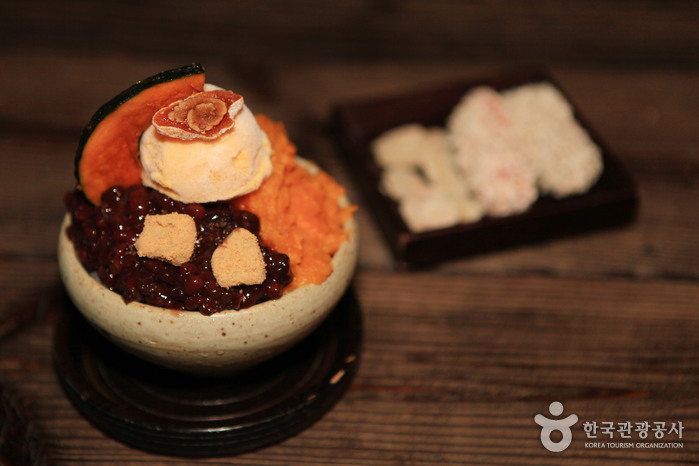
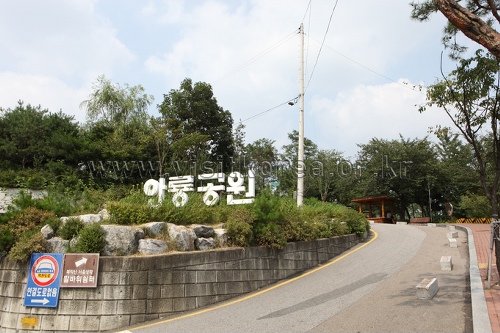
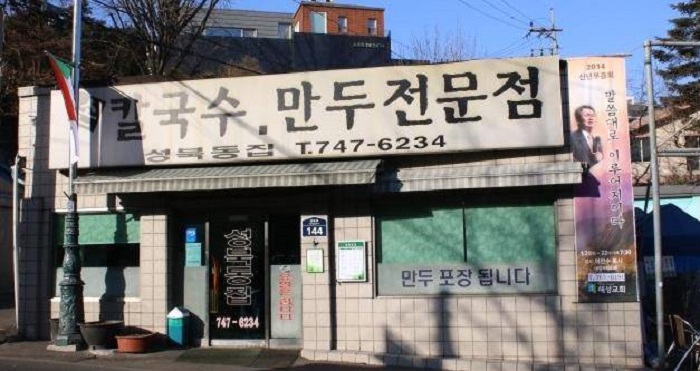
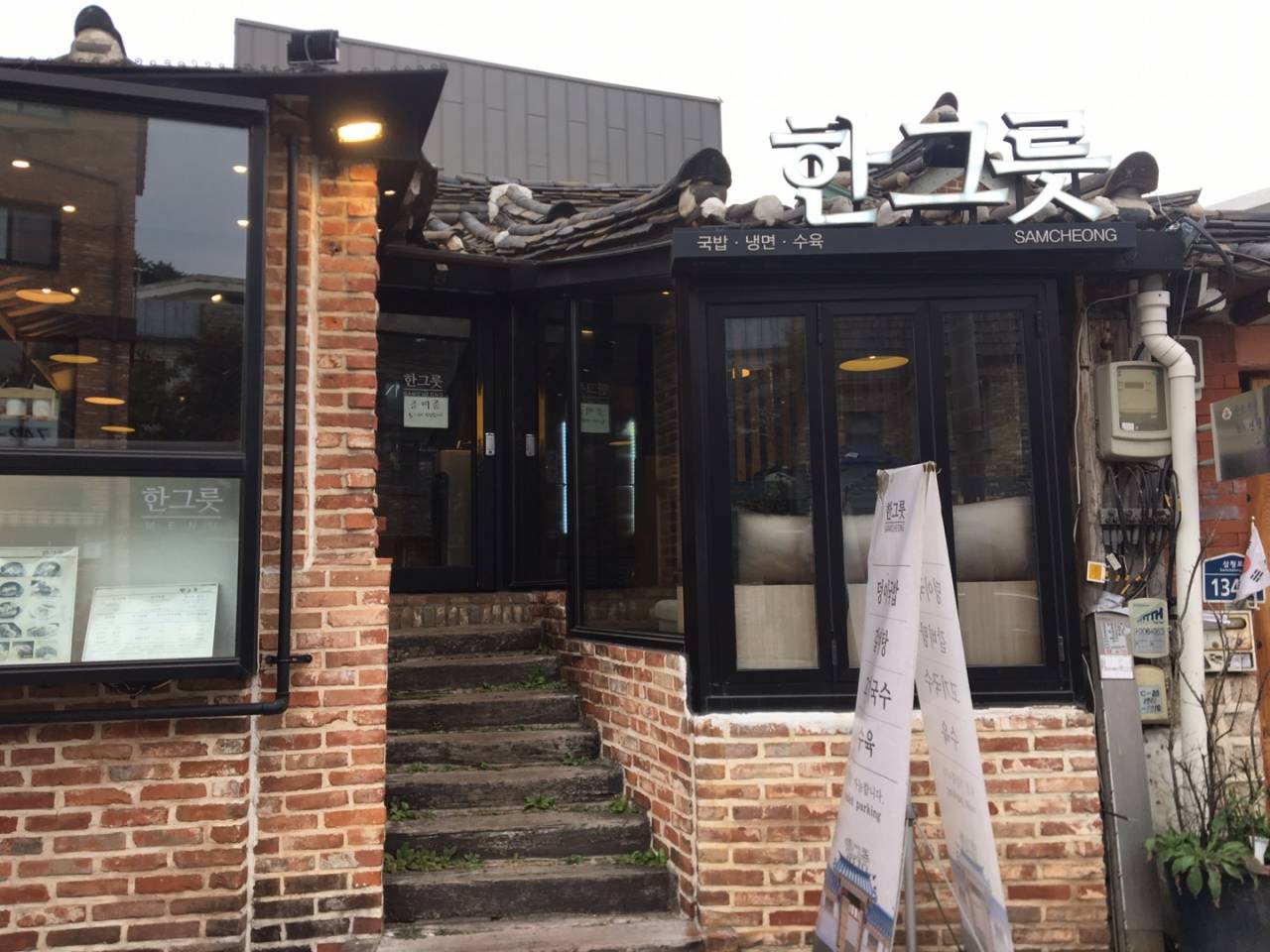
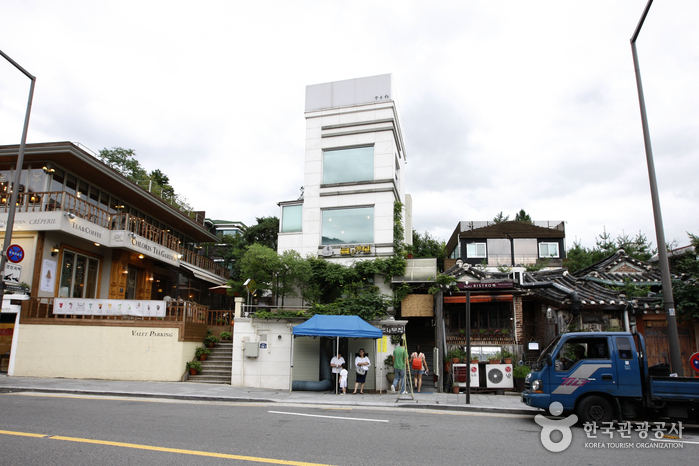
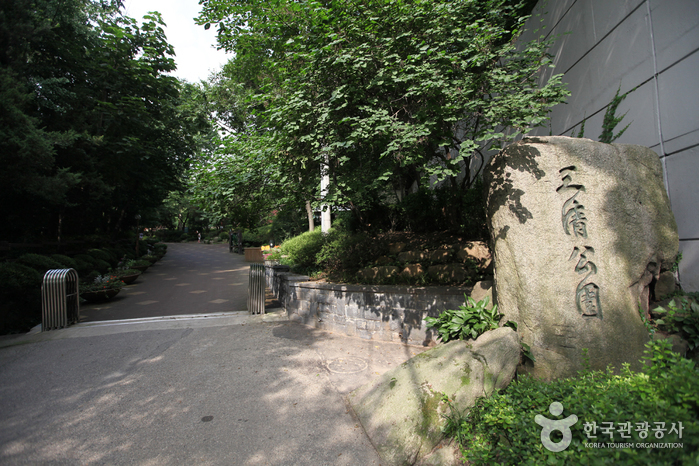
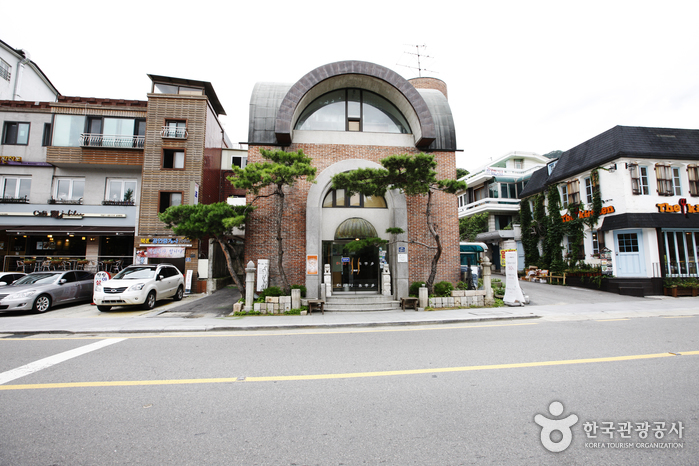

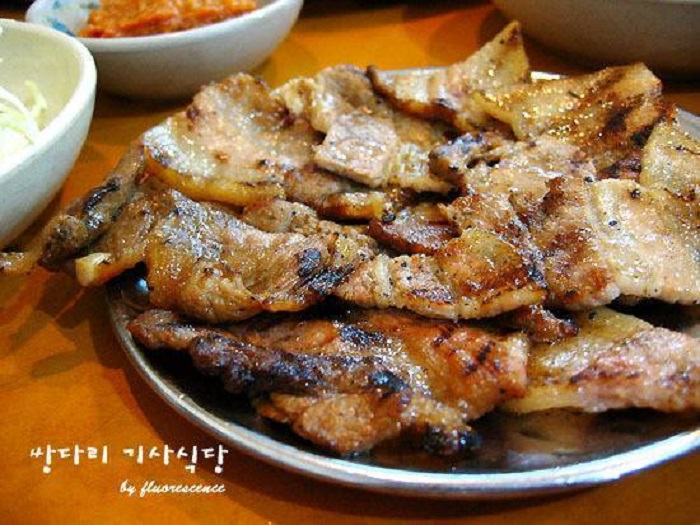
 Français
Français
 한국어
한국어 English
English 日本語
日本語 中文(简体)
中文(简体) Deutsch
Deutsch Español
Español Русский
Русский